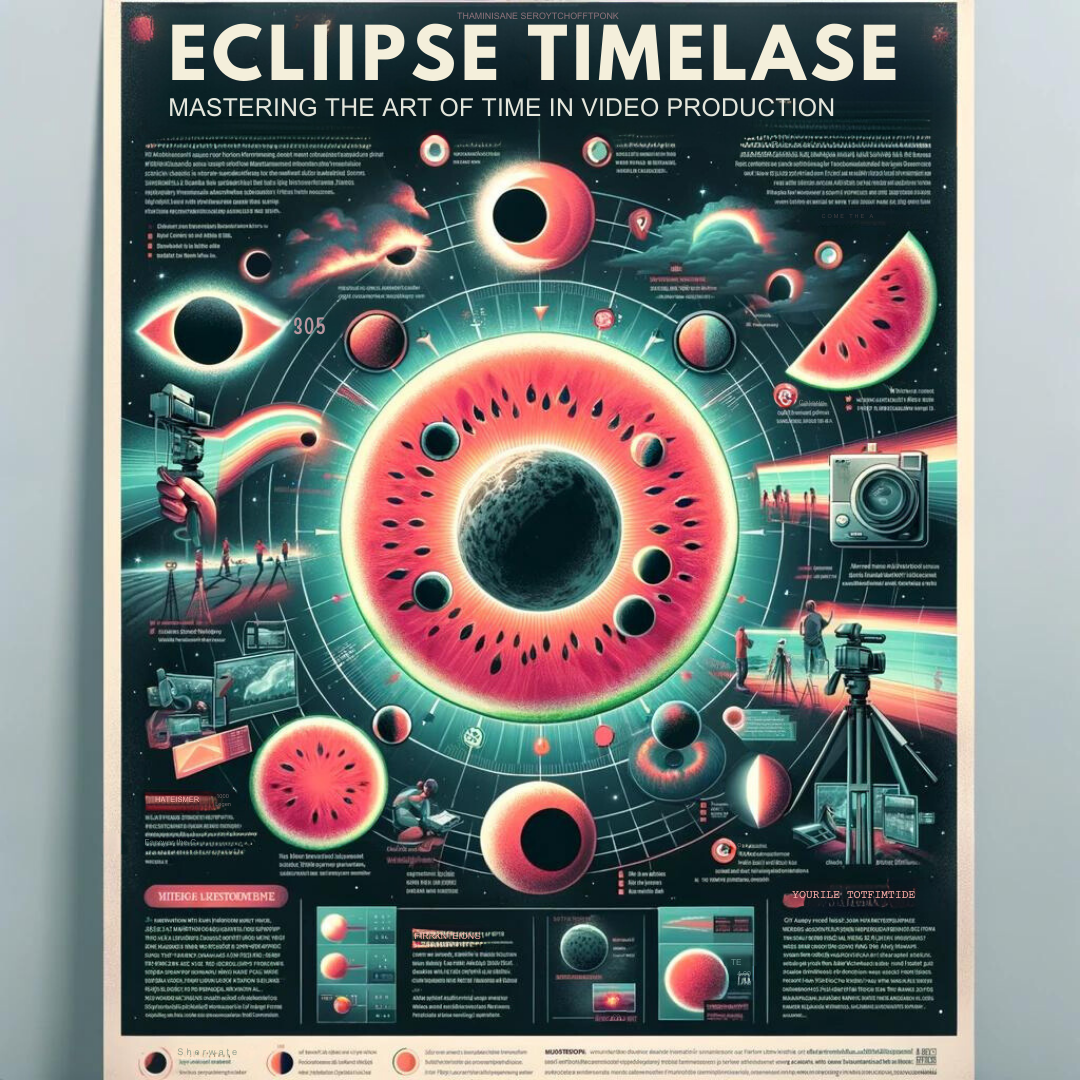
Eclipse timelapses are among the most captivating and unique visuals in the video production world. They combine a celestial event with the art of capturing time, allowing filmmakers to convey the beauty of these rare moments in an eye-catching way. But with such a specific and complex process, achieving a successful eclipse timelapse requires mastery over many different fields of knowledge. This article will explore the key elements to producing an outstanding eclipse timelapse, from camera and lens choices to color grading techniques.
Understanding Your Subject
Before setting out to document an eclipse, it is important to understand the type of event you’re trying to capture. Full eclipses, partial eclipses and penumbral eclipses all have unique characteristics, and require different techniques and equipment to successfully capture. A full eclipse occurs when the moon covers up the entire sun, creating a striking “ring of fire” effect around the edges. A partial eclipse occurs when the sun is not completely covered, creating a captivating crescent shape visible in the sky. A penumbral eclipse is the most subtle kind, when the moon’s shadow only partially blocks the sun. Understanding the type of eclipse you are trying to document will help you choose the right equipment and techniques for your shoot.
Choosing Your Equipment
Four elements of an eclipse timelapse video – the camera, lens, light, and filters – all play a crucial role in successful capture of these celestial events. The lens choice is perhaps the most important decision in achieving an outstanding eclipse timelapse. If you’re looking to capture the full arc of the eclipse with detail, a wide-angle lens with a high aperture is ideal. If you’re looking to capture the penumbral eclipse, a telephoto lens with a medium aperture is better suited for your needs. A good tripod and a reliable intervalometer are also essential, as these tools will help you keep the camera steady and accurately time your shots. It is also important to have a good filter to protect the camera’s sensor from overheating during the eclipse. Finally, proper lighting is essential to achieving the best results. A bright overhead light can soften the shadows and highlight the detail in your shot.
Planning Your Shoot
As with any timelapse video, phase of the moon, location of the sun, and the camera being used must be taken into account before capturing an eclipse timelapse. The best time to capture an eclipse is during twilight or at sunrise or sunset, when the sun is lower on the horizon and the moon has an interesting shape. The camera’s capture rate should also be adjusted to match the speed of the eclipse, in order to capture the best movement and detail. Finally, consider the surrounding environment, as a dramatic backdrop can add impact to the final eclipse timelapse.
Shooting and Editing
Once all elements are in place, shooting an eclipse is a matter of patience and attention to detail. The camera should be set up to capture the full arc of the eclipse, with the lens focused on the subject and the intervalometer programmed for the desired capture rate. Once the camera is pointed and ready to go, the subject should be monitored closely, with care taken to avoid vibration or movement. When the time comes for post-production, a good selection of photos and an understanding of the desired look of the eclipse will be of great help. Color grading is an essential part of the video editing process, and can help create a captivating visual narrative in an eclipse timelapse. Steps should be taken to adjust the exposure, contrast, and saturation of the images to create a professional-looking video.
Marketing Your Eclipse Timelapse
Once your eclipse timelapse video is complete, promotion is key to its success in the online world. Utilize social media platforms like YouTube and Vimeo to show off your footage, and list your video on stock footage websites for maximum exposure. Join niche communities and forums to share your video with like-minded individuals, and submit links to your website or blog posts that describe the process used to capture the eclipses. These steps will help to gain visibility for your eclipse timelapse and engage potential clients and customers.
Producing an eclipse timelapse can be a rewarding experience for the filmmaker. By understanding the nature of the celestial event, and choosing the appropriate equipment, location, and size of the eclipse, an outstanding video can be produced. Color grading and promotion are important steps in the video editing process that will help convey the unique beauty of the eclipse in a professionally-made video.
